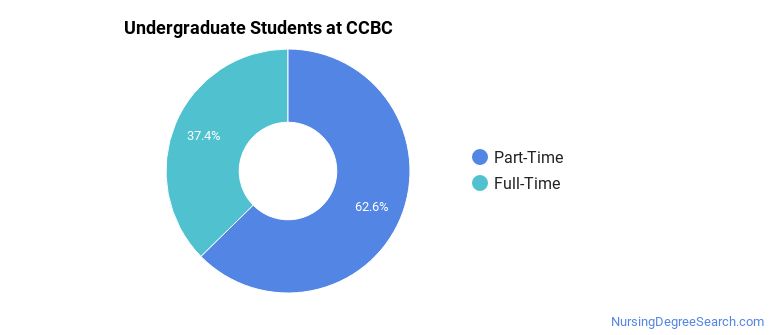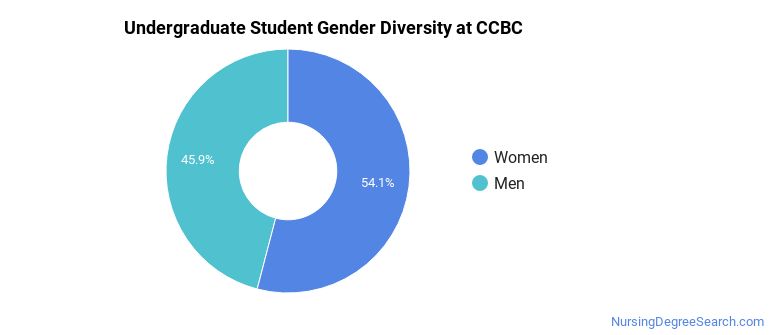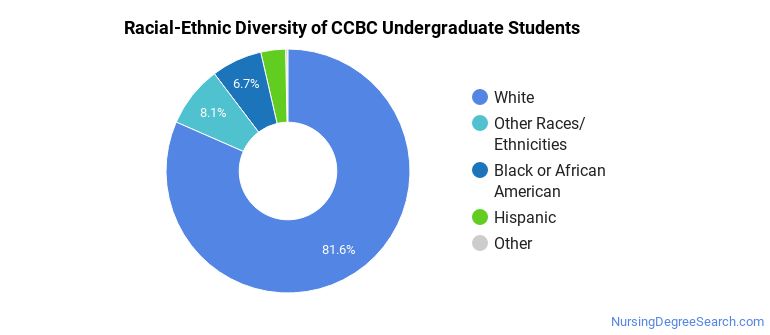Community College of Beaver County Nursing Programs
Community College of Beaver County is a public institution located in Monaca, Pennsylvania. Monaca is a good match for students who enjoy the safety and convenience of the suburbs.
Where Is Community College of Beaver County?

Contact details for CCBC are given below.
| Contact Details | |
|---|---|
| Address: | 1 Campus Drive, Monaca, PA 15061-2588 |
| Phone: | 724-480-2222 |
| Website: | www.ccbc.edu |
How Do I Get Into CCBC?
You can apply to CCBC online at: https://my.ccbc.edu/ICS/Apply_Online.jnz
Can I Afford Community College of Beaver County?
Student Loan Debt
While almost two-thirds of students nationwide take out loans to pay for college, the percentage may be quite different for the school you plan on attending. At CCBC, approximately 41% of students took out student loans averaging $8,342 a year. That adds up to $33,368 over four years for those students.
The student loan default rate at CCBC is 0.1%. This is significantly lower than the national default rate of 10.1%, which is a good sign that you'll be able to pay back your student loans.
Community College of Beaver County Undergraduate Student Diversity

Gender Diversity
Of the 640 full-time undergraduates at CCBC, 46% are male and 54% are female.

Racial-Ethnic Diversity
The racial-ethnic breakdown of Community College of Beaver County students is as follows.

| Race/Ethnicity | Number of Grads |
|---|---|
| Asian | 1 |
| Black or African American | 43 |
| Hispanic or Latino | 21 |
| White | 522 |
| International Students | 1 |
| Other Races/Ethnicities | 52 |
Community College of Beaver County Nursing Concentrations
The table below shows the number of awards for each concentration.
| Major | Associate’s | Undergraduate Certificate | TOTAL |
|---|---|---|---|
| Registered Nursing | 68 | 0 | 68 |
| Licensed Practical/Vocational Nurse Training | 0 | 5 | 5 |
| TOTAL | 68 | 5 | 73 |
References
*The racial-ethnic minorities count is calculated by taking the total number of students and subtracting white students, international students, and students whose race/ethnicity was unknown. This number is then divided by the total number of students at the school to obtain the racial-ethnic minorities percentage.
More about our data sources and methodologies.
